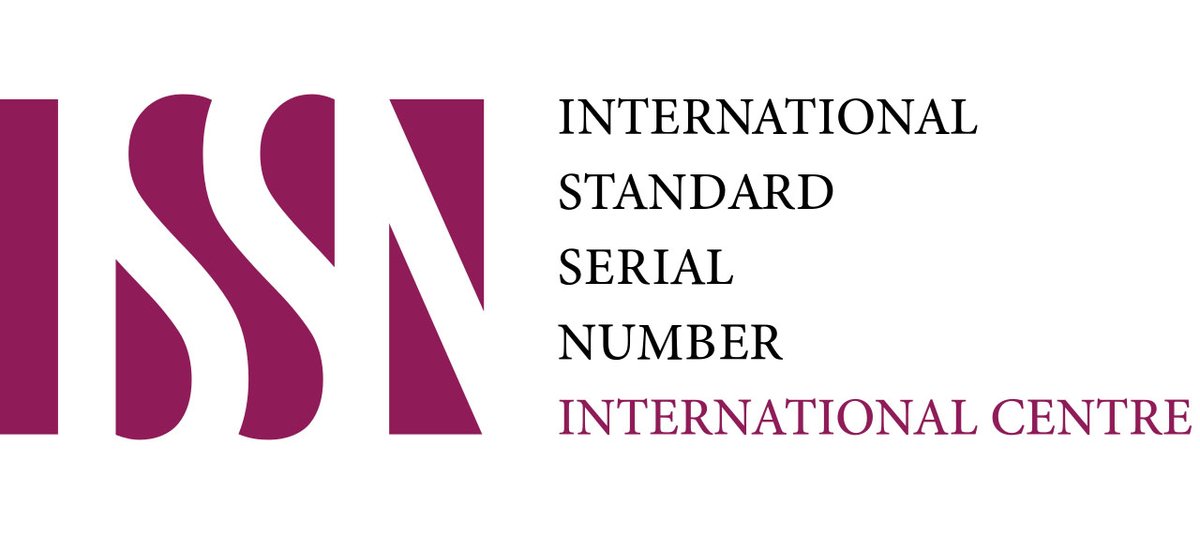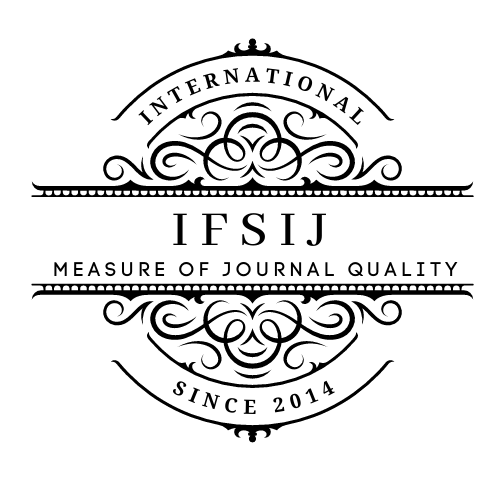WORK DONE IN THE FIELD OF PUBLIC EDUCATION, NATIONAL PRESS, CULTURE AND ART DURING THE PERIOD OF MODERNIZATION OF CENTRAL ASIA AT THE BEGINNING OF THE 20TH CENTURY
Keywords:
Central Asian modernization, public education reform, national press development, jadid movement, cultural and artistic revival, identity and social transformation.Abstract
This monograph explores the multidimensional transformation of public education, national press, cultural life, and artistic development in Central Asia during the early 20th century modernization era. The work provides a comprehensive historical and analytical account of how educational reforms, the rise of national journalism, and cultural renaissance converged to form a new civic consciousness in Muslim Central Asian societies. It traces the impact of Jadidism, Tatar intellectual activism, and the Khorezm enlightenment movement in fostering modern schools, progressive curricula, and inclusive educational access, including for women and marginalized communities. The research highlights how newspapers and journals became vital tools for the dissemination of modernist ideas, debates on national identity, and political discourse. Artistic expressions—from literature and theater to traditional crafts and visual arts—are shown to have mirrored and reinforced emerging concepts of modernity and national pride. The study also reflects on the integration of Western artistic influences with indigenous traditions, producing a rich hybrid culture that became a cornerstone of Central Asian identity. Through an interdisciplinary methodology combining archival analysis, socio-cultural theory, and postcolonial critique, the monograph uncovers how modernization, while empowering in many ways, also introduced tensions around class, ethnicity, and cultural imperialism. It ultimately argues that the educational and cultural transformations of this period laid the groundwork for later movements of autonomy and self-determination in the region, while continuing to inform current debates on national development and identity in post-Soviet Central Asia.
Downloads
Published
Issue
Section
License

This work is licensed under a Creative Commons Attribution-NonCommercial-NoDerivatives 4.0 International License.















